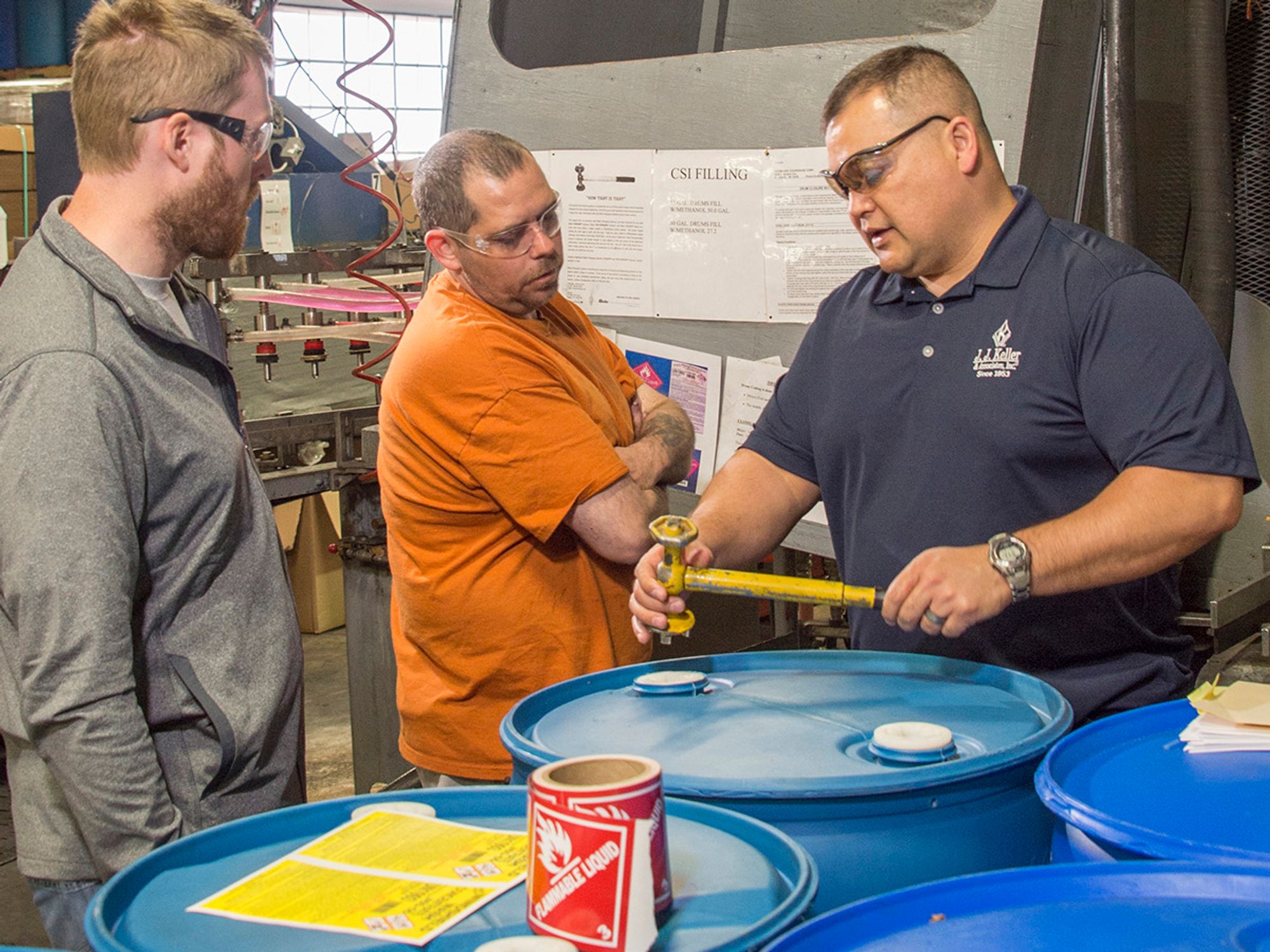Classification of dangerous goods under the IMDG

- Proper classification of dangerous goods is the single most important step before shipping.
All aspects of the shipping process, such as packaging, marking, and labeling, are determined by how a dangerous good is classified. This makes the classification process the single most important step when shipping dangerous goods. This is also the reason the International Maritime Dangerous Goods (IMDG) Code requires shippers to classify dangerous goods before they can be offered for shipment.
Some dangerous goods are easy to classify because the material and their hazard(s) are well known. For example, gasoline is a well-known flammable liquid. Other materials, such as mixtures or new products, may be difficult to classify because the hazards are unknown. In this case you must have the material tested to determine the hazardous properties.
The IMDG Code also requires shippers to identify if the dangerous goods are a marine pollutant.
